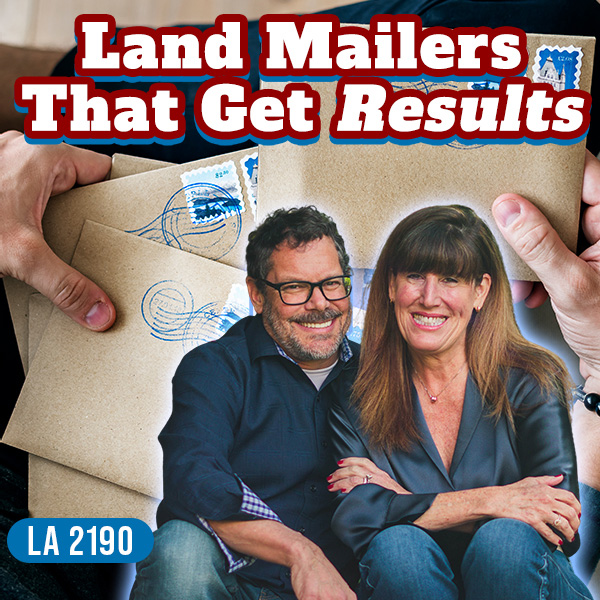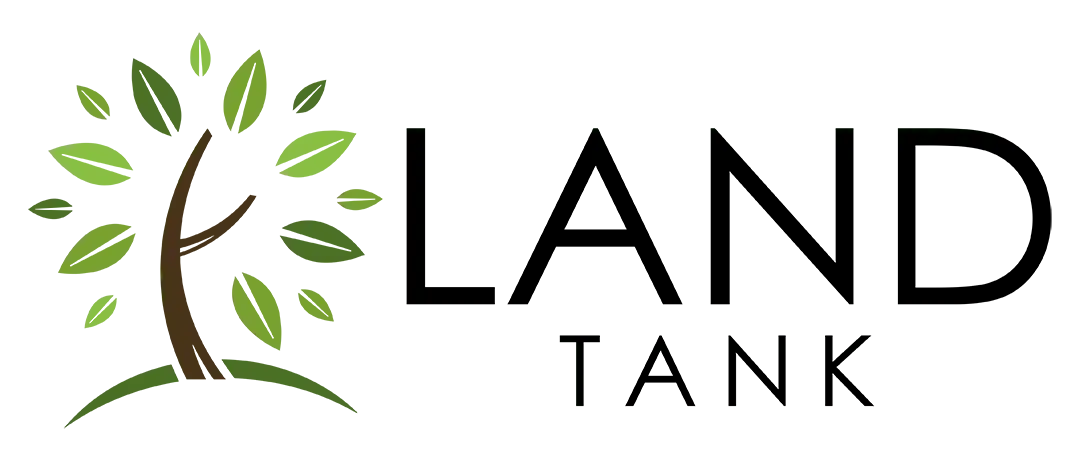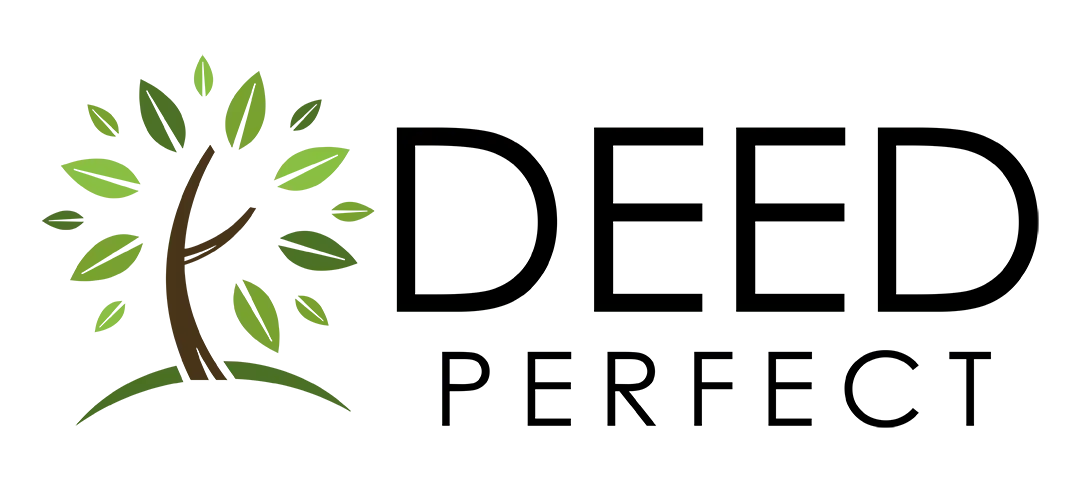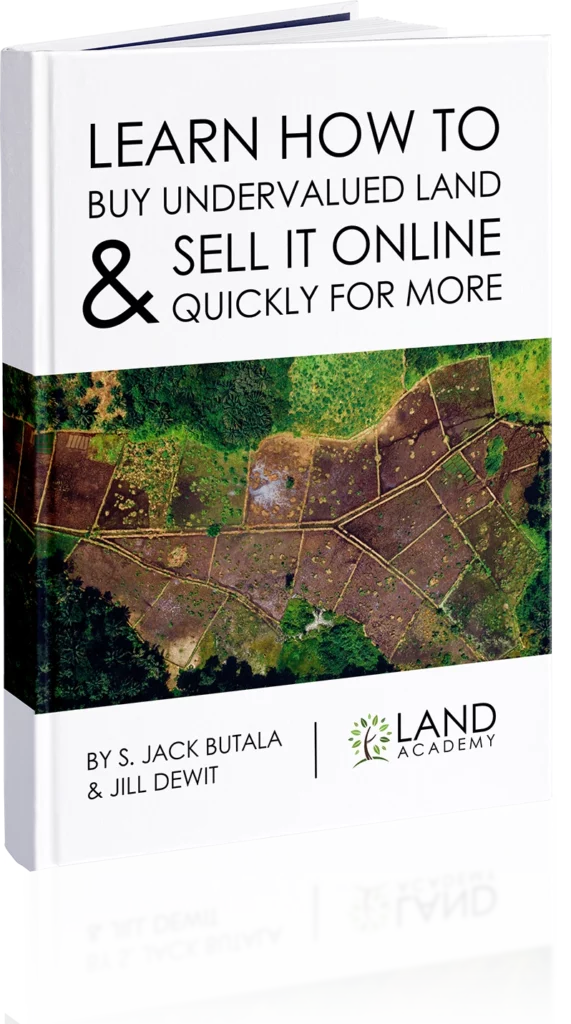This is episode number 2036. For this episode’s topic, we’re going to talk about our buy-and-hold strategy to add value to our land business. Here’s the thing. This is a popular question that our staff gets. The root of this topic comes from crap your parents told you, like, “Buy land in the growth path. Buy it now and wait. You’re going to get a bunch of gray hair, and you’re going to make 10% on your money.” That’s not what you want to do.
This concept of buy it and wait and the values will catch up can work, but it’s far and few between. I would rather flip it quickly. We have property. Jill and I own maybe 20 or 30 pieces of property in very specific areas. I’ll tell you why this came about. We don’t have buy-and-hold strategy mailers and sell-it-really-quick-and-make-a-ton-of-money mailers. Can you imagine?
I know.
Entitlements And Relationships
I’ll explain that in great detail in a few minutes here. All week, we’re talking about adding value to your land deal or your land business and transactions. Each day on the show, we answer a question from our Land Academy Member Discord forum and take a deep dive into land-related topics by popular request. Jill?
William wrote, “My name is William. My wife and partner’s name is Alyssa. I have a ten-year-old little girl. We are in the Tampa, Clearwater, Florida area and are getting rolling in Land Academy. Alyssa is an HVAC engineer. I own an appliance warehouse and have spent my entire adult life as a business owner or self-employed in sales and marketing.”
You guys are already going to win here.
“I started in January with another online academy that focuses on entitlements and metro major subdivisions. While I love the idea, it was not beginner-friendly. I found myself feeling more like I was learning Mandarin. Returns would take years instead of weeks or months. In July, I met up with another former member in our space who happens to train at a gym that I used to teach at. They have been very successful and they were super generous in their time and knowledge. They shared where they got started.” That’s so sweet.
They were former members of Jill and I. They got their start at Land Academy.
That happens a lot. There’s a lot of word of mouth where people are like, “What are you doing here? How are you here at noon every day, 3:00, or whatever, and then I see you going out to dinner every night? How is that possible?” It’s like, “This is what I do for a business.” They’re like, “Tell me more.” William said, “I decided to move into rural land to get the wheels rolling and I started exploring options. I found Land Academy on YouTube. Needless to say, we adored their energy and confidence and decided to sign up. Our first mailer went out on Monday. I’m looking forward to making friendships and networking. It’s an honor to be here.” I’m so happy.
It’s a beautiful story. I love your experience, and I love that you sent the mailer out.
I always say there’s no such thing as too much education. I appreciate that you went down another path. You’re like, “I tried it. I went to this thing. I learned a lot about entitlements and I learned it’s going to take me a lot more until I get there and start making money. Let me pivot over here, get the ball rolling, and then decide if I want to go back to that or not.” You might not.
Jill and I talked about this very topic about splitting property and subdivisions, which a fancy word for that is entitlements, and why it’s probably not realistic. I’m glad that you came to the same conclusion. I hope that people who are tuning into this series come to that same conclusion. All the decisions that you made, including the professions that you have, are fantastic. I’m glad you chose Land Academy because we’re the original.
Especially for a couple too. For a couple working together, we can really help you there.
Here’s some relationship advice. I was in the business for a long time. I was used to doing everything, owning everything, calling shots, and all of it. Jill and I had to go through an adjustment period about what she was responsible for and what I was responsible for. For a brief period of time, I was talking to the customers as I always do, taking calls, and she was talking to the same customers. It was a little bit new to her. We were both negotiating the same deals. It was a big, huge mess. You have to draw a line in the middle of the paper and decide who’s going to do what and stay out of that person’s way.
Buy-And-Hold Strategy
This episode’s topic is our buy-and-hold strategy to add value to our land business. You’re like, “Buy and hold? Why would you buy a piece of property and hold it? Aren’t you here to buy a piece of property as cheaply and resell it as fast as possible?” Yes. Here’s what happens in reality. This is a recurring theme in Career Path, an advanced class that we teach.
Twice a year.
When you send out a mailer, it’s never going to be perfect. There’s going to be stuff in the mailer. People say all the time, “I sent out a mailer and I got a bunch of property back. Houses are on it,” or, “Mobile homes are on it,” or, “It’s industrial property.” To which I say, “Good. That’s great. Go buy some houses and resell them. Buy some industrial property. Hopefully, it’s priced correctly and you can go do that.”
What ends up happening is you send a mailer out and stuff comes back that was unintended. The more mail you send out, the more likely that this happens. What happens is you take a look at that piece of property. If you’re new, you get somebody in your life like us on a Thursday call to look at the property and say, “What are we going to do with this? The person wants to sell it. I love the price. How are we going to maximize selling it?”
We can put it on the MLS and sell it really fast. That is what I call bucket one property. That’s the vast majority of what we do. We buy it and resell it. For bucket two properties, instead of buying for 30 and selling for 80, this property’s in a pretty good area. There’s a property right next to it or on both sides of it with a house. Let’s put it into bucket two. We buy for $30,000 and sell for $150,000. We know it’s going to take a year to sell, but the amount of money that we’re paying for it is so low. We can always go back, throw it back into bucket one, reprice it, and sell it for $60,000 or $80,000. Let’s try for $150,000 and see what happens. If it takes a year, it takes a year.”
Can I add a note about that? Sometimes, this situation he’s describing is simple seasonality.
She’s right. Maybe you’re buying it in the winter and you’re waiting for the season to change. You’re waiting for spring.
Come April and May, people are going to scramble for this property. That happens.
Bucket three is, “This is a gold mine. Maybe we should minorly split this property.” This is very rare. Bucket three property for us is rare. It’s like, “We should minorly split it. We should go to a developer. We should maybe hold it. We’re going to not even put it for sale because we know what’s happening in that area. The growth rate is incredible. We’re not even going to do anything or we’re going to do something active,” which we don’t regularly talk about. We don’t encourage buying for $30,000 to sell for $800,00 five years later. It happens to us once in a while. We have a couple of deals like that. We’re letting it age.
That’s Jack’s way of keeping them because he never wants to sell them.
It’s far and few between those deals. They do market. Jill does sell them without me knowing about it. Bucket number two is to wait for seasonality. Our buy-and-hold strategy ends up being maybe a year. It might be two seasons, so 24 months on the furthest out. The velocity of money really applies here as an economic theory. This is what you want.
Forget about land. Forget about working with your spouse and all that stuff. If you have $10,000 and you buy some property and it takes you 30 days, and it’s $20,000 and you take that $20,000 and $30,000 and make it $40,000 and then $80,000 and on and on throughout the year, the internal rate of return and any way to analyze and look at the velocity of money that way is staggering. Even if you double it, you’re going to 100% buy for $10,000 and sell for $20,000. It takes twelve months to do that. It’s a staggering return compared to what goes on in capital markets, which are 1% to 5%, maybe 10% if you really know what you’re doing.
You’re winning when you buy the property. How you choose to maximize that is up to you. Buying and holding is the exact opposite of that. Buying and holding is the opposite of the velocity of money. It’s like the turtle and the hare. You want to be the hare. Nobody wants to be the turtle, I don’t think. There are certain times when the value of the property exceeds that concept.
Episode Wrap-Up
We did a couple of deals that I hesitate to even bring up. A gambler always talks about the 2 or 3 times they hit it big and not the 3,000 times they lost money. Here’s my advice to you. Send a mailer out. See what comes back. There’s a small chance that a buy-and-hold strategy is appropriate for the property, but probably not. What you want to do is bucket one, buy it and sell it. Join us in the next episode where we discuss whether the presence of water and sewer add value to the land acquisition. You are not alone in your real estate ambition. We are information and inspiration to buy undervalued property.















